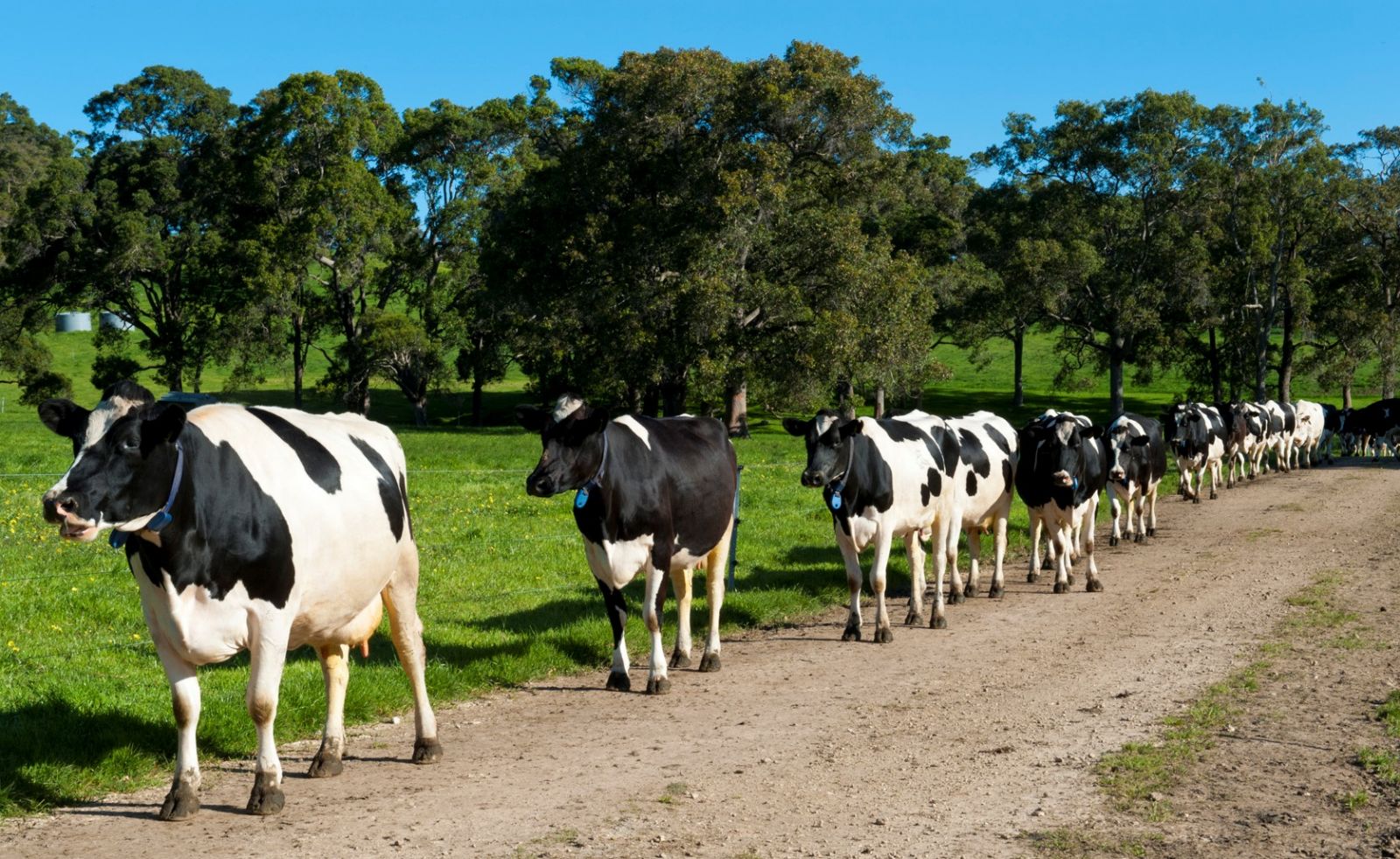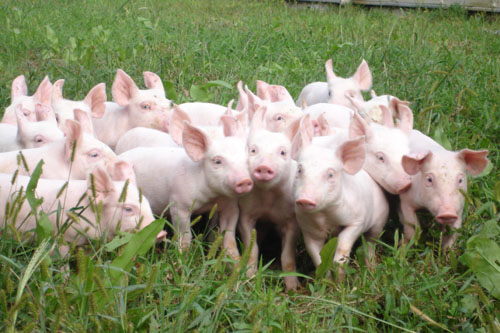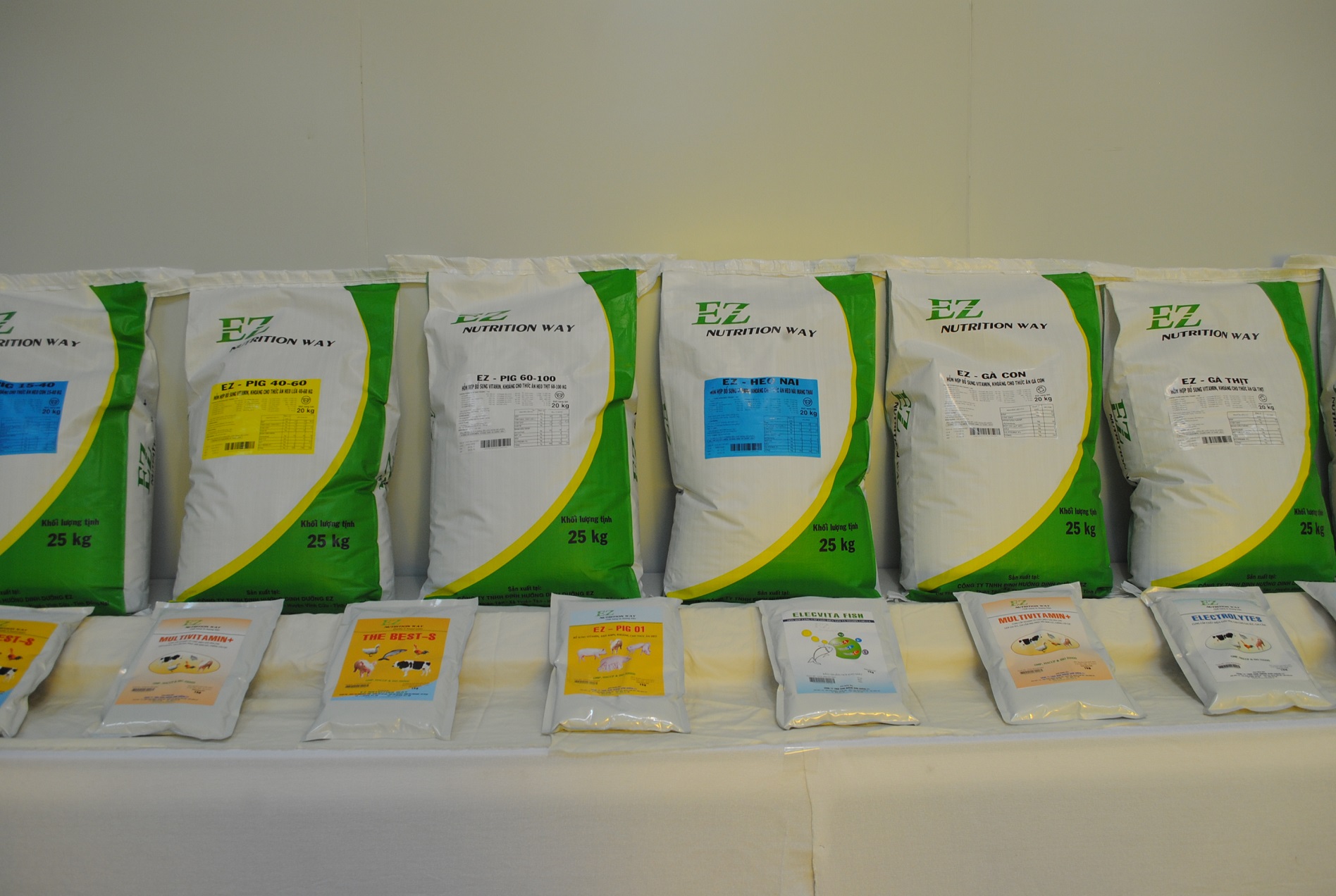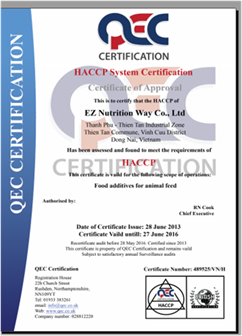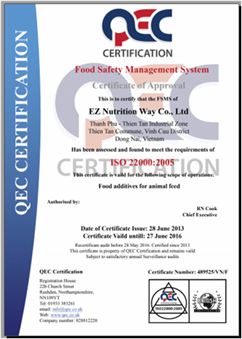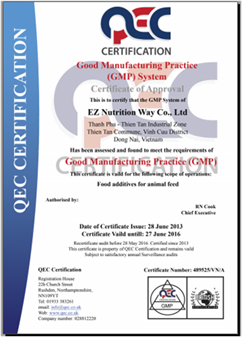Probiotics: Concepts
Introduction:
The bacterial population that resides in the animals´ gastrointestinal tract changes with time and with external conditions. The gut microbiota of the birds is affected by the icrobiota present in the environment at hatch, and the nutrient composition of their diet (Torok, 2011). After that, any minor change in the food (higher inclusion of certain raw material, different origin of ingredients), the use of medicines, and/or changes in temperature or light schemes may produce a disbalance in the gastrointestinal tract microflora, with fatal consequences for an disbalance in the gastrointestinal tract microflora, with fatal consequences for an in-farm animal (Torok, 2011). There are many different bacterial species in a healthy intestine, 30 different genus and more than 600 species (Smith, 1965) and they provide certain benefits to the host, namely, nutrient digestion, energy production (Mallo, 2012)ǥ However some of these may become pathogenic given certain circumstances, or an imbalance in the populations may bring a sickness.
The gut microbiota is a complex and dense system (populations may vary between 103 to 1011 CFU/g of intestinal content, depending on the organ), that has a significant impact on the host’s health, growth and immune status (Smith, 1965). It is an important barrier that interferes with the pathogens, formed by beneficial micro-organisms that suppresses the pathogenic bacteria populations (by competitive exclusion, competing for the attachement sites, or by direct reduction of population by the production of natural antibiotics) and induces immune response in different mucous membranes.
The concept “probiotic” has its origin in human nutrition. The term probiotic is derived from two words: the latin word “prode”, that means “for”, and from the Greek, “βιο”, that means “life”. There are many definitions for the term “probiotic”. Within the existing definitions, one widely used is the one of Fuller (1989), who defined them as "A live microbial feed supplement which beneficially affects the host animal by improving its intestinal microbial balance". This benefit is normally observed as an improvement of growth performance, feed conversion and even mortality (Mallo, 2010).
Every probiotic, or direct fed microbial (DFM) mechanistic is different from the rest, but all of them have many points in common:
- They are viable industrially
- They are active in the gastro-intestinal tract (GIT)
- They produce benefits to the host
Viability as probiotic:
The first check-point in a probiotic is the bacterial composition. A probiotic can present a simple composition (one or two bacteria), when it supplements the feed with a very high concentration of a limited number of bacteria, or multi-strained,
The bacteria used in the probiotics can be autochthonous to the animal´s gastrointestinal tract, or allochthonous to it.
The autochthonous bacteria are normally lactic flora, belonging to the Lactobacillus,
Bifidobacterium or Enterococcus species, and the allochthonous bacteria normally belong to the Bacillus or Clostridium species (see table 1 for examples).
Table 1.- Examples of bacteria used as probiotics depending on their
sporogenous capacity
|
Non-Sporogenous |
Sporogenous |
|
L. acidophilus |
B. subtilis |
|
L. brevis |
B. amyloliquefaciens |
|
L. Lactis |
B. licheniformis |
|
L. reuteri |
B. cereus |
|
L. plantarum |
C. butyricum |
|
L. farciminis |
|
|
L. bulgaricus |
|
|
E. faecium |
|
|
P. acidilactici |
|
|
B. bifidum |
|
|
B. termophilum |
|
The lactic flora is adapted very well and rapidly to the gastrointestinal tract (Table 2) becoming the predominant flora and avoiding pathogenic bacteria infections by competitive exclusion (Bielke, 2003; Taheri, 2009). However, these bacteria arenormally gram- bacteria or non-sporogenous gram+ bacteria. This presentsserious difficulties at handling: short shelf life (probiotics of this class are freeze dried cell cultures that need to be stored below 8ºC), low survival in pelleting process, incompatibility with acids, antibiotics and anticoccidial drugsǥ.
Table 2.- Time required to duplicate populations (in-vitro assay; Díaz, 2007)
|
Bacteria |
Time (minutes) |
|
L. acidophilus |
64 |
|
L. bulgaricus |
40 |
|
S. termophilus |
46 |
|
E. faecium |
19 |
|
E. coli |
20 |
|
S. cerevisiae |
200 |
|
B. subtilis |
60 |
Allochthonous bacteria, however, are normally selected to endure normal storage conditions, survive the pelleting process and also to be compatible with acidifiers, antibiotics and anticoccidial drugs. These bacteria (Bacillus and Clostridium) are normally sporogenous bacteria, they form spores when the environment is adverse, and can stay latent in the spore, resistant form, until the environment is adequate for the vegetative bacteria. Industrially, sporulation is induced at the end of the probiotic production, achieving a very stable product that will work only once inside the animal. Many of these allochtonous bacteria can be found in the GIT of healthy animals that have not received any probiotic, demonstrating how the environment influences the microbial population.
In both cases, probiotics should be non-pathogenic, resist gastric pH and bile, resit processing, stable in storage, be able to adhere to gut epithelium, persist in the gastrointestinal tract, produce inhibitory compounds, modulate immune response and alter other microbial activities in the gut (Siragusa, 2012).
The selected bacteria are grown in large-scale industrial fermentors, then, a concentrate of bacteria is made by centrifugation to collect the concentrated bacterial powder afterwards by spray-drying, freeze drying or filtering.
(Cont in next article)



